The day Kona and I rode in the back of a Series II Land Rover for 8 hours through rough desert terrain. 30 miles to the beach from our camp, 4 hours each way in low gear. The driver only knew two words of English (Johnny Cash) and when he said them he was beaming. He was listening to America on an old cassette player on the front seat playing Johnny’s greatest hits over and over, all day long. What I remember most is the suffocating smell of diesel fuel, those trumpets from Ring of Fire, and Kona laughing each time that Landy would bottom out. Every time I hear that song I’m immediately reminded about that day and the cold gusty wide open landscape of cactus and gravel.
WESTERN SAHARA, MOROCCO (2001) / John Galloway
This is an experience about a project in my career that changed me as a designer and as a human being. I had never been to North Africa before April 2001, when I had the opportunity to work on a new project in the Kingdom of Morocco. The project team consisted of international consultants from France, Morocco, and the United States. At the time I was about half way through my decade at EDSA. We had about a week to gather our gear and make the necessary arrangements for travel. We would be creating supporting analysis and design documents for a USAID report on “Tourism Development Opportunities” throughout the country which included the Western Sahara, a no-man’s land of contested landscape between Morocco and Mauritania. The project lasted off and on for a year.
We flew into Casablanca and then caught a regional domestic flight to Agadir. From there we drove by car on the major motorways through small villages and townships. This site was one of six (6) regions or sites that the Ministry of Tourism was considering for development, which not only included tourism-related development such as hotels, golf, and resort amenities. It also included housing and large scale infrastructure improvements (power, water, roadways) for people the region, primarily for the new jobs that would be created from the project.
The initial trip to the site was for 10 days, investigating and exploring 50 kilometers (31 miles) of beachfront and inland property. We arrived at the site by a POS troop transport helicopter provided by the Royal Moroccan Air Force, and we touched down in several locations along the coast. The flight from Rabat was approximately 2 hours and the noise of the rotors was so deafening that even headphones were useless. This guy was Moroccan engineer and I remember he never smiled at me once that day except when I left at the end of the day. I had a 35mm camera and a sketchbook, no telephone service available south of Agadir then. No iPhone. 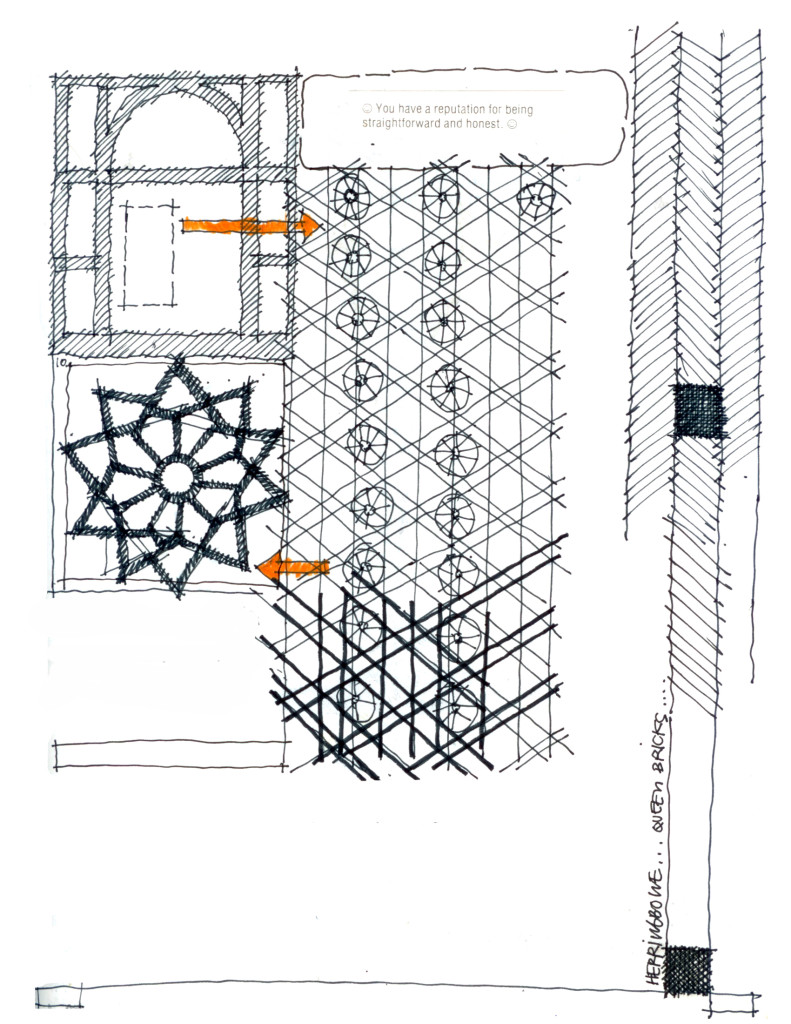
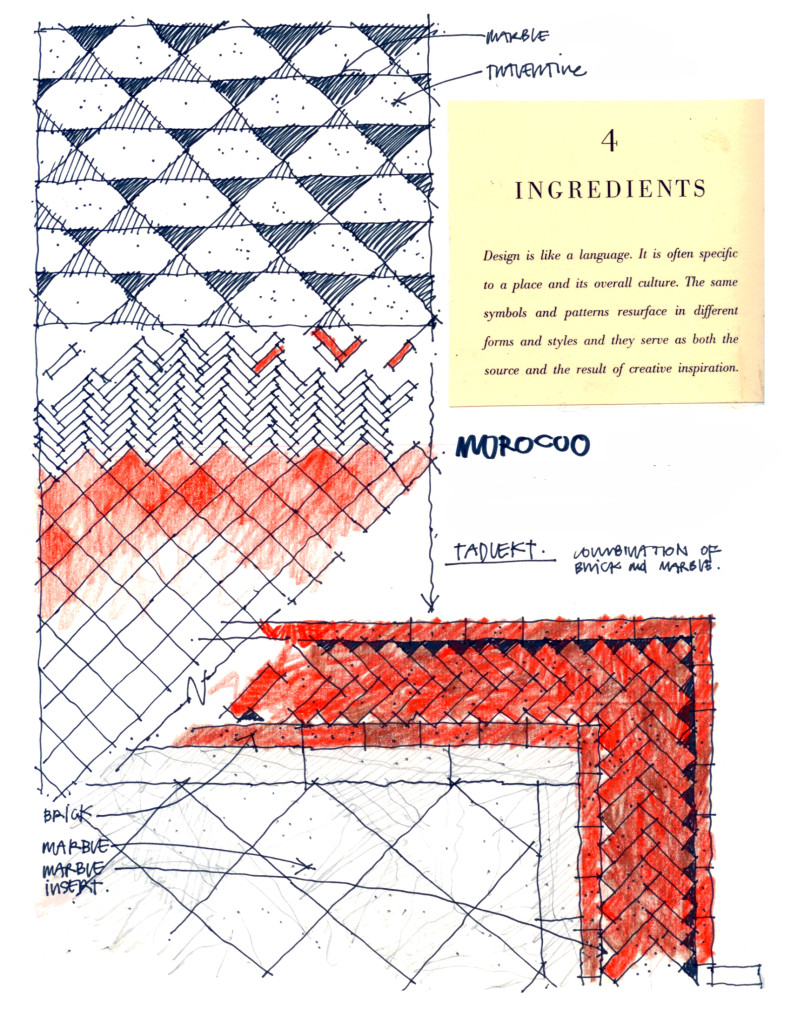 Our contribution to the project was site analysis and concept development for all site amenities and major infrastructure corridors. We were looking for the best development opportunities along this section of coastline. I was struck by the use of materials used in everyday life, and of the hospitality shown to me by the local people living in the area. They didn’t have much but what they did have they offered to us as guests in their homes.
Our contribution to the project was site analysis and concept development for all site amenities and major infrastructure corridors. We were looking for the best development opportunities along this section of coastline. I was struck by the use of materials used in everyday life, and of the hospitality shown to me by the local people living in the area. They didn’t have much but what they did have they offered to us as guests in their homes.
The follow up trip in November of 2001 was different. No helicopters but a 3 hours drive to our camp from Agadir. The drive to site was very powerful from a visual standpoint. This landscape was as open as Western Kansas must have appeared 100 years ago or more. One 2 lane road and no western advertisements or billboards of any kind. No golden arches or Waffle House signs to tell us that we were hungry. Just open road and these Eucalyptus trees lining the only road to or from anywhere, with occasional small pockets of life every 15 minutes. Eventually we departed the main highway and started meandering our way through the small faming villages between the major highway network and the ocean.
This is an area called ASSAKA on the way to Plage Blanche. The roads were hewn from the rock landscape and amongst the men and children we saw working the terraced fields, we also saw women and young girls doing the wash in the streambed, smashing and kneading the wet laundry on the rocks alongside the cold flowing water.
It included several exploratory landings at now-ruined French fortresses along the plateau above the Atlantic Ocean. Morocco was a French Protectorate for more than 120 years (1830-1953) and the culture remains intact today. Similar to Tunisia in the fact that the French language is spoke as often or more than Arabic or Berber. In 70 miles of coastline and there were many remnants of early military bases and fortress elements, cisterns, and ancillary fortified positions. There were squatters in some of them including one man who was a snake charmer. A Black Cobra and an African Viper that he’d sing to and toy with. His assistant would meet you at the main gate of the fortress and lead you through ruins to one of the interior buildings where they lived.
I hate snakes. Twice during that week we were invited to have hot green mint tea and a lunch of goat and cactus salad with local farmers and a family. We spent time with them and did our best to understand the reality of how they lived and survived in this environment. They had electricity and well water only, and they grew their own food and muled water to the garden which was 100 meters away down in an area protected from the wind. There was no refrigeration or air conditioning. Everyone seemed content and happy and excited to see us there. Visitors from the US or Europe are only occasional visitors in this part of the country, even now 13 years la There was only one pass through the mountains to get to the coast in this part of Morocco, and that was a rock roadway that crossed streams and oueds (dry river beds) for the 30 mile / 2 hour trek to our campsite.
The wind on this section of the NW coast of Africa is fierce and cold coming off the ocean water. A wild coastal environment. The beach was about half a kilometer wide and the plateau above was 40 meters above the beach and surf below. The wind was violent and the smaller windswept dunes on the beach were enormous, some were 50 feet tall. The only people living here were the indigenous fishermen who were casting into the surf for a type of sea bass. Along the beach we saw a lot of debris deposited: shipwrecks, plastic, steel oil drums, a dead whale. This was a type of cactus that they peeled and made a salad from, and prickly pear.
Definitely one of the most powerful and wide open landscapes I’ve ever seen. It reminded me of Chase County, Kansas. Years later I went to Marfa and it had this same appeal.
CONVERSATIONS: As a group of outsiders back at camp we started talking about the genuine hospitality extended to us throughout the week from the local people. Through the walks and lunches in-and-out of the small beach villages of Tiznit and Guelmin. We thought a hotel built around an operational model built around the Moroccan / Berber hospitality would be a way to create something unique as a development approach. We started sketching diagrams of what that might look like. There were several consultants on the team from Morocco, and more importantly from the Western Sahara. Attitudes and cultural considerations are much different than people living in Casablanca or Rabat. 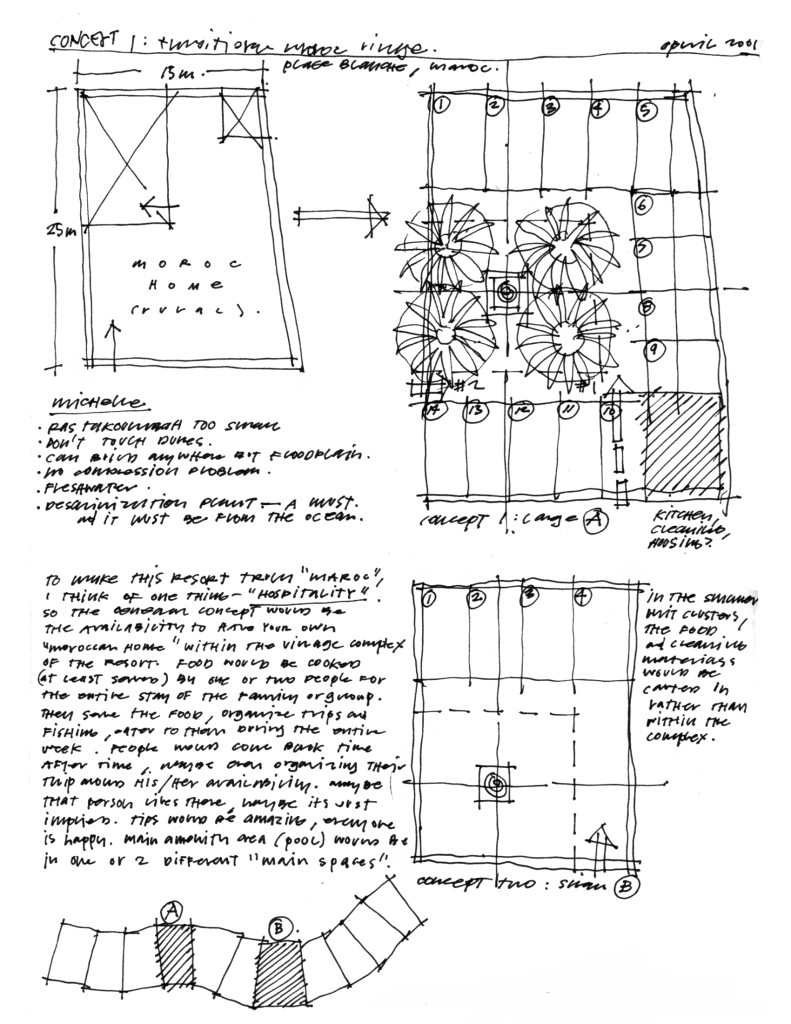
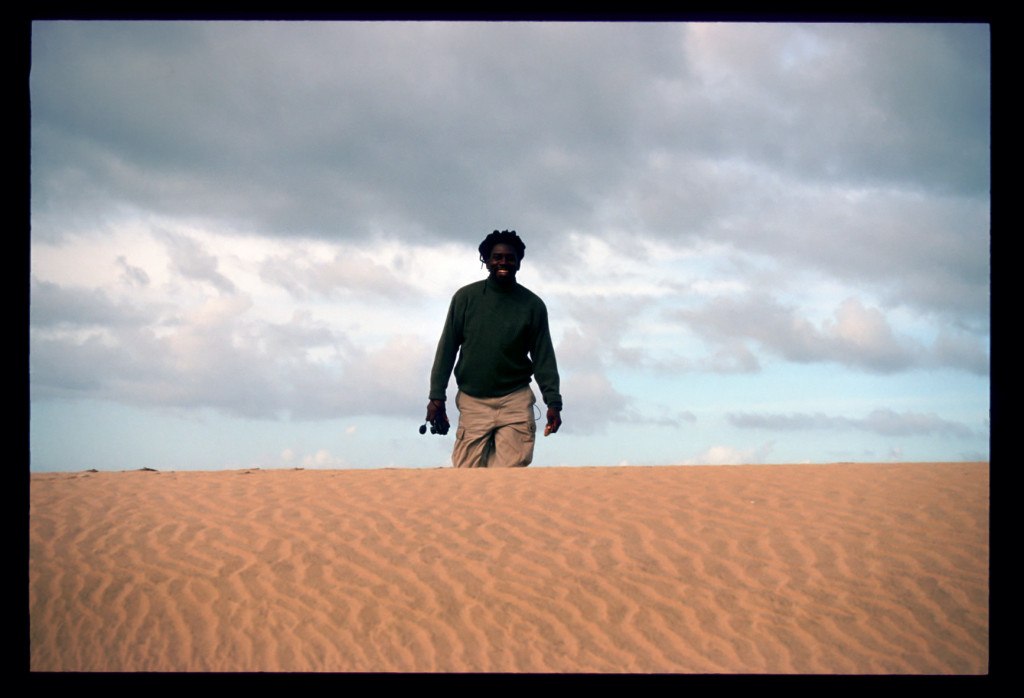
This is my friend Kona Gray, a landscape architect from Liberia via Massachusetts. Kona and I spent a lot of time together on this project for a year or more. We both started at EDSA about the same time. Though working in different studios and traveling to different places, this was a project we got to collaborate on and it bonded us as friends. Kona resides in Fort Lauderdale and is a Partner at EDSA. He’s won numerous awards in the profession and is one of the hardest working guys I know. One of the reasons people love Kona is because of his positive attitude and ever-present smile. On the drive from Agadir back to the airport, Kona got pulled over by the local police at a checkpoint. Kona just kept his sunglasses on the whole time, smiling. He handed over his passport and the officer said excitedly “Bob Marley!” Kona laughed and the official handed back the passport and sent us on our way.
– JG, January 2014

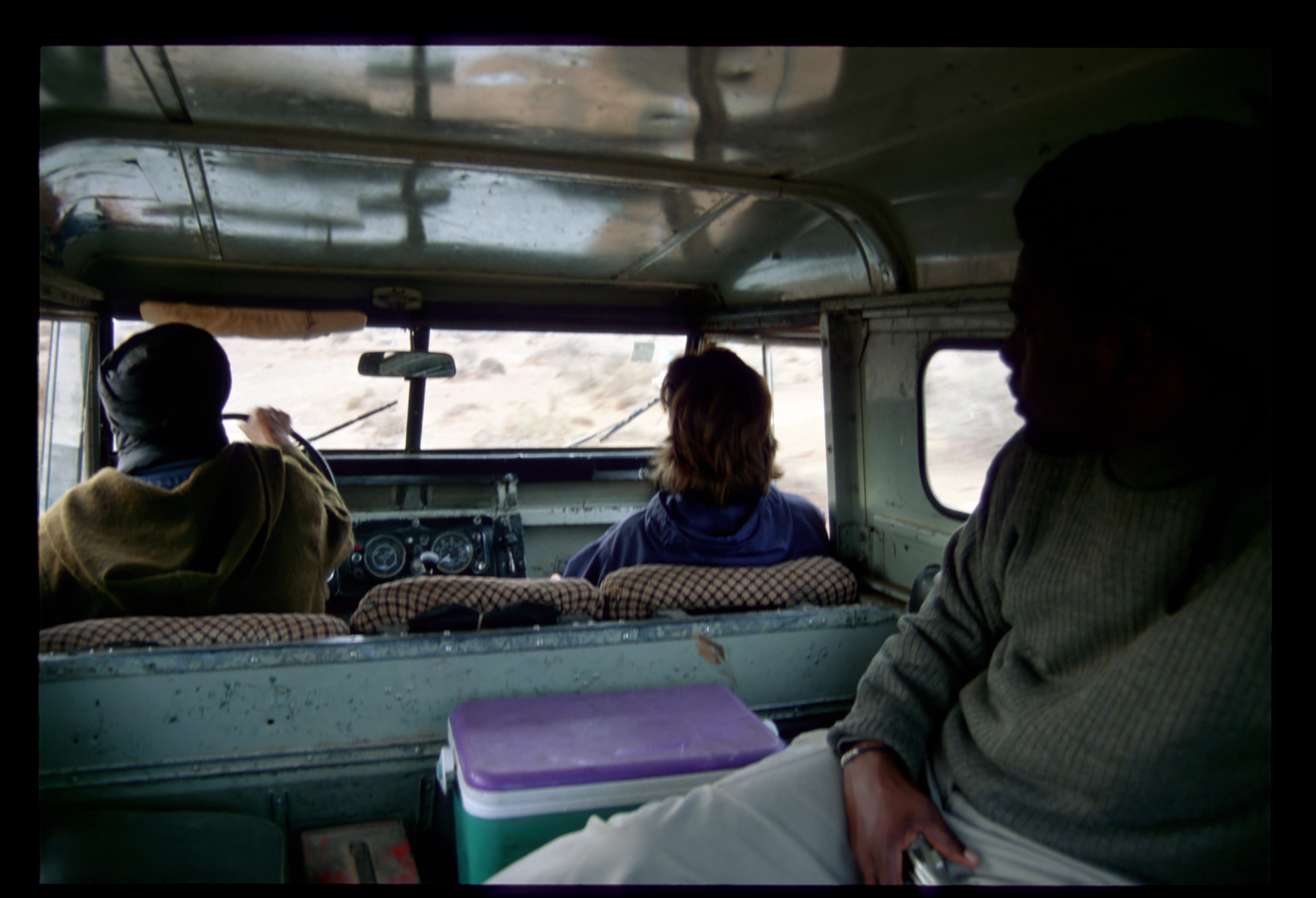
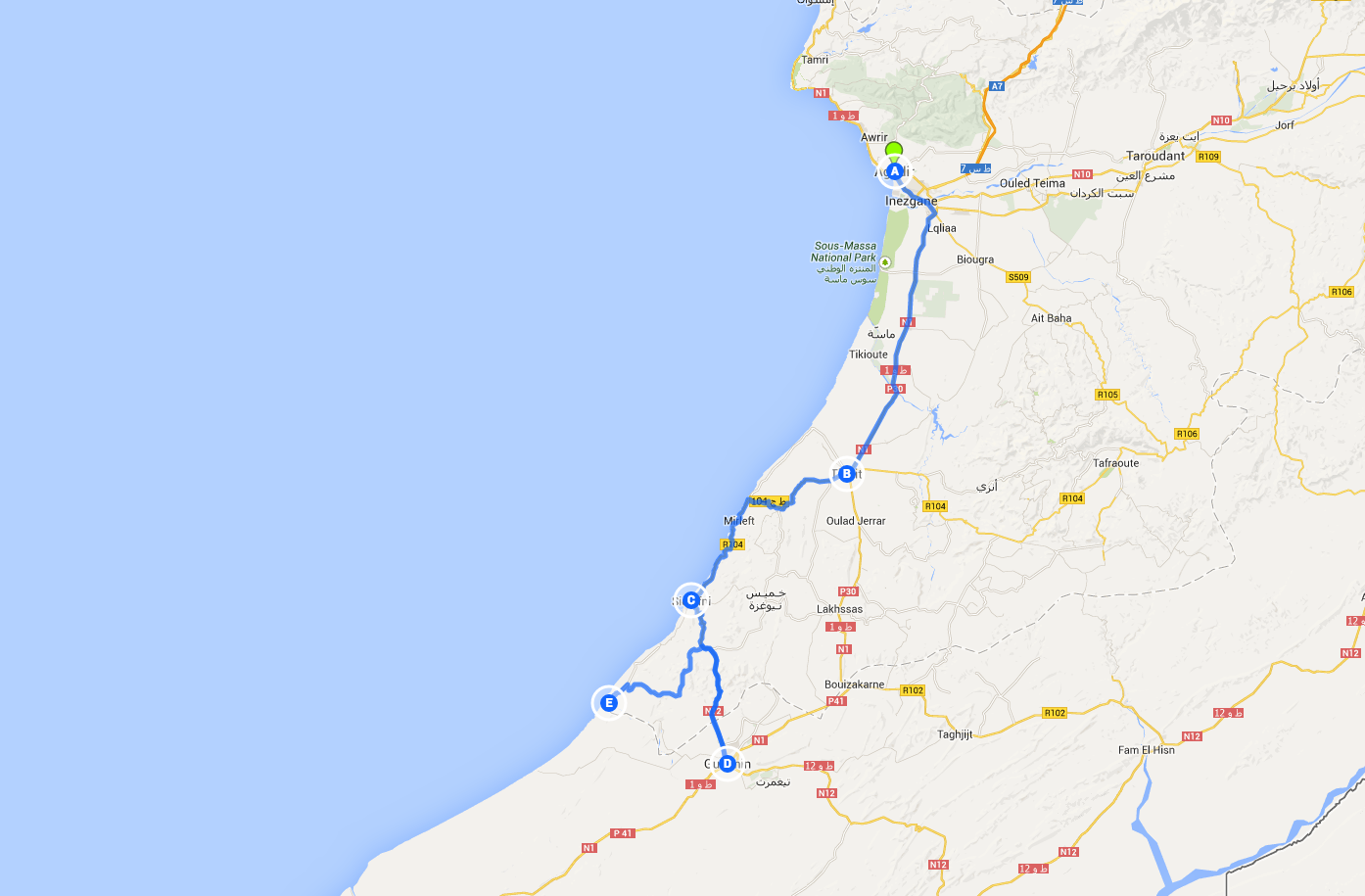


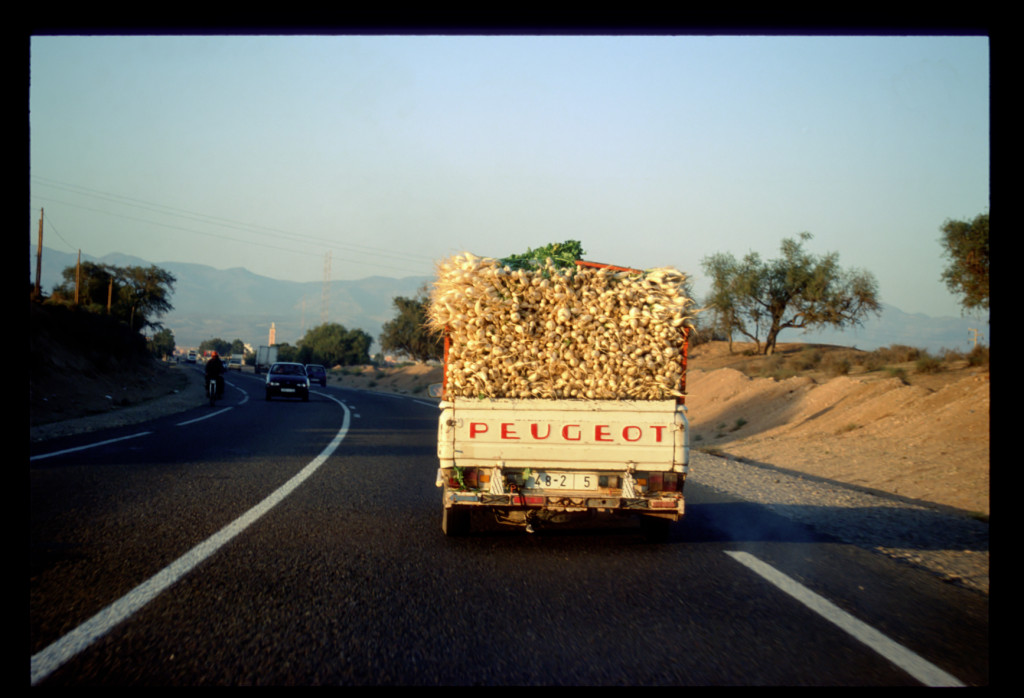
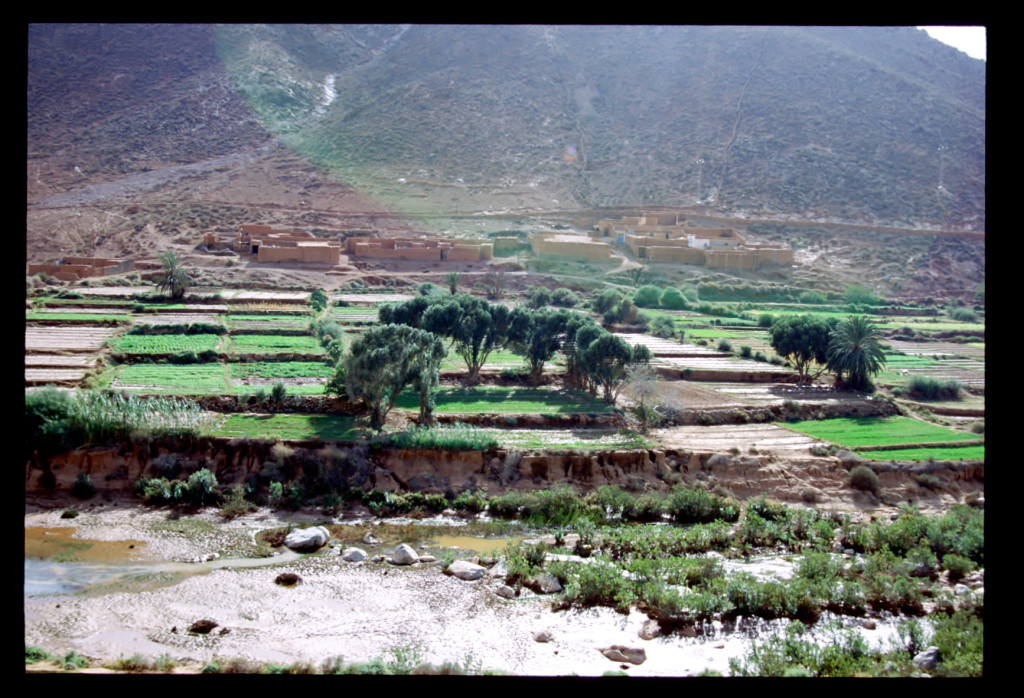
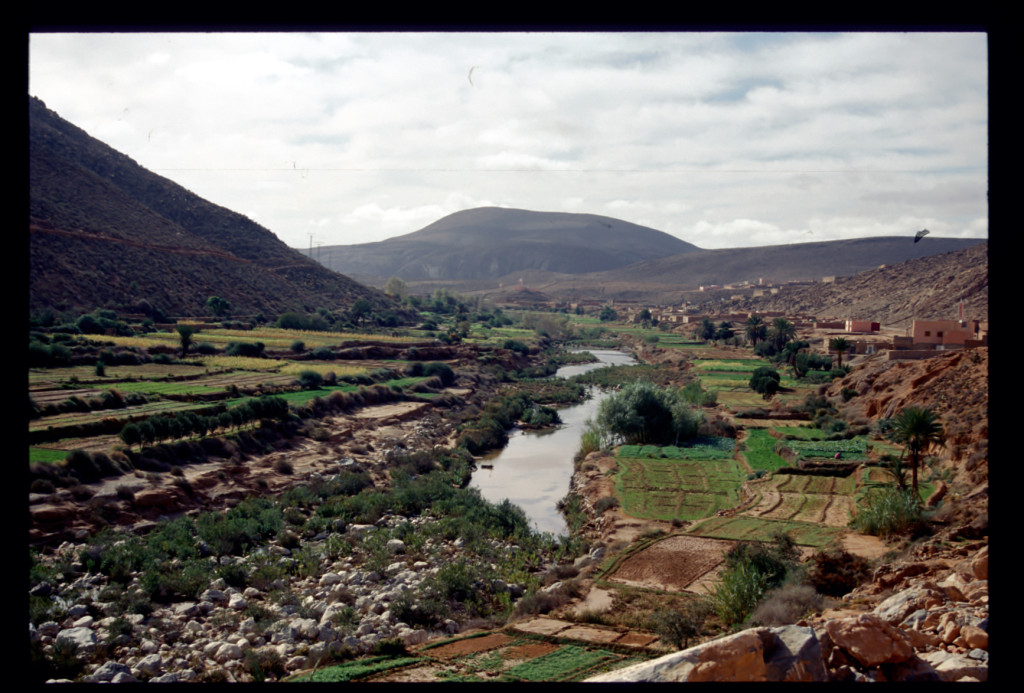


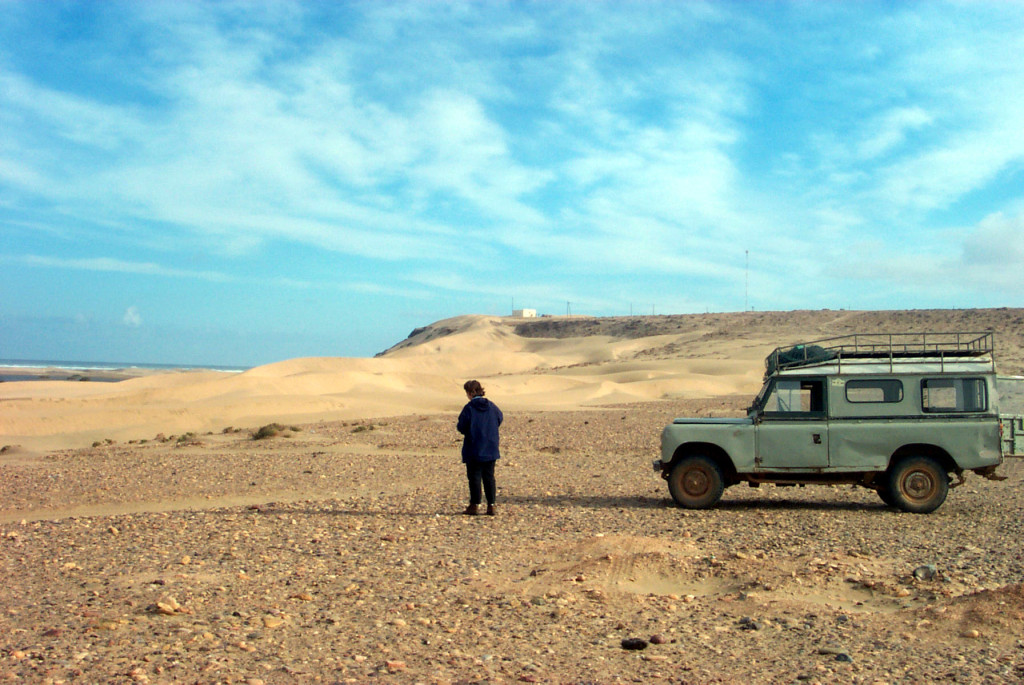


Hi, John. Reading all that you have written and closely looking at the graphics and photos on your web site has been fun. Great work! Today I worked for a neighbor friend, Frank, in the cool damp air west of Port Angeles near Joyce. We were working on a small farm constructing the first phase of a fence to keep deer out or what will be a vegetable garden. We hand peeled, braced, set the 20 cedar logs in place and then added the concrete. Frank mixed all of the concrete himself and I got to do the lighter work of peeling the logs/poles. We finished the work just as the rains came. My understanding of how to construct and repair started in high school when Dad and I repaired barbed wire fence and he taught me how to put a fence post in place, keep it plumb, and tamp the fill dirt in layers with a tamping rod. He once told me that he was very happy when the day came to rent the pasture land knowing that someone else would be doing the fence repair.
Uncle Jack
Thanks Jack, it all comes from me looking up to my uncle Jack, always, you know that. Have been posting images of a story Uncle George used to tell me about, maybe you have some knowledge of it? JG